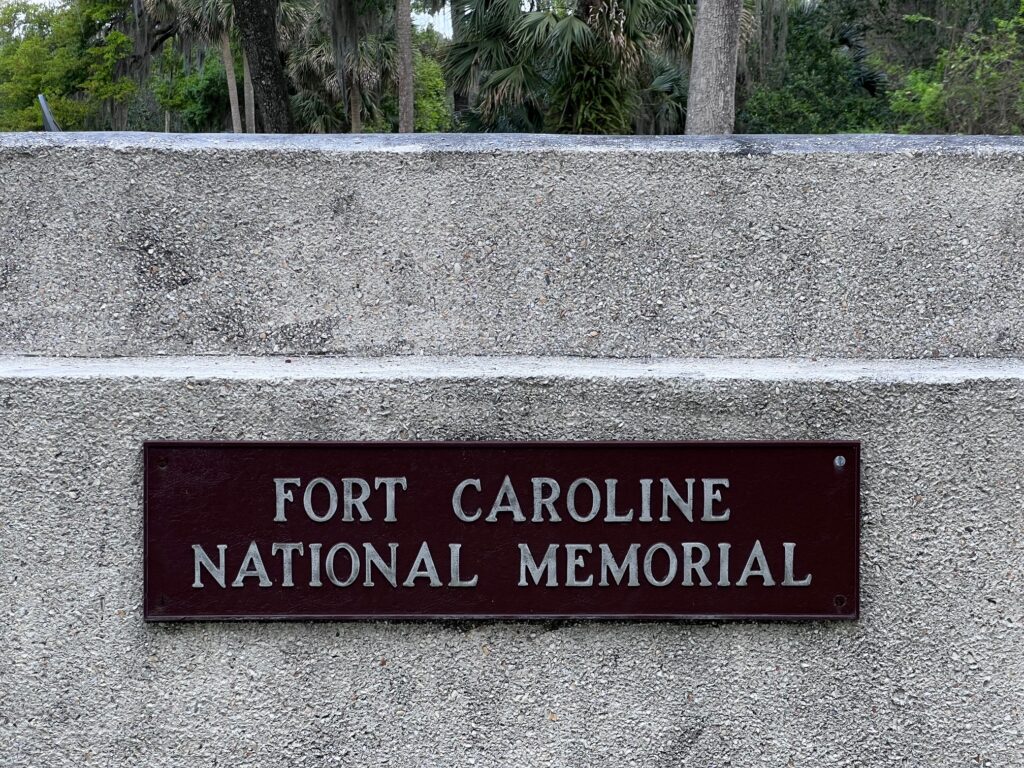Neighborhood Highlight: Arlington
April 15, 2025 | amandasearlerealtor
Arlington boasts a rich tapestry of history that reflects the broader narrative of the region. From its early indigenous roots to its modern suburban landscape, Arlington’s evolution offers a fascinating glimpse into the past.
Ancient Beginnings
Long before European settlers arrived, Arlington was inhabited by Native American cultures dating back to as early as 5000 B.C. Evidence of this early occupation is found in several significant Indian mounds, such as the Shields Mound, which was so prominent that it was often mistaken for a natural bluff. Located off Fort Caroline Road and Hartsfield, the mound was partially excavated in the late 19th century, revealing both a midden and human burials. Another notable site is the Grant Mound near the Church of Latter-Day Saints off Fort Caroline Road, underscoring the area’s deep indigenous history.
European Exploration and Settlement
In the 16th century, Arlington became one of the first areas in the United States visited by Europeans. The French established Fort Caroline in 1564, aiming to stake a claim in the New World and challenge Spanish dominance. Today, the Fort Caroline National Memorial stands as a testament to this early colonial endeavor, offering insights into the French and Spanish rivalry during that era.

19th-Century Development
The 1800s saw Arlington’s transformation with the establishment of plantations and sawmills along the St. Johns River. One notable resident was Anna Madgigine Jai Kingsley, a former slave and wife of plantation owner Zephaniah Kingsley. After selling their plantation, Anna moved to the Arlington area, where she lived out her remaining years. This period marked Arlington’s integration into the broader economic activities of the region, laying the groundwork for future residential developments.
20th-Century Expansion
The early 20th century marked significant infrastructural advancements for Arlington. Completed in 1910, Atlantic Boulevard was Florida’s first modern “improved” highway, connecting the mainland portion of Jacksonville with the beaches. This development not only facilitated transportation but also spurred growth in the area.
The 1920s introduced a cultural milestone with the establishment of Norman Studios in Arlington. Specializing in films featuring African American casts, the studio played a pivotal role in the silent film era and remains a significant cultural landmark.
The post-World War II era ushered in rapid suburbanization. The construction of the Mathews Bridge in 1953 connected Arlington directly to downtown Jacksonville, triggering a housing boom. Neighborhoods like Arlington Hills emerged during this time, characterized by their proximity to urban centers and burgeoning suburban appeal.
The opening of Regency Square Mall in 1967 further cemented Arlington’s status as a commercial hub. As one of the most profitable retail centers in the nation during its peak, the mall attracted both locals and visitors, contributing to the area’s economic vitality.
Modern Arlington
Today, Arlington is a diverse and vibrant community that seamlessly blends its rich historical heritage with modern amenities. Residents and visitors can explore numerous historical sites, such as the Fort Caroline National Memorial and the Timucuan Ecological and Historical Preserve, which offer a window into the area’s past. The neighborhood’s evolution from ancient indigenous settlements to a bustling suburban enclave mirrors the dynamic history of Jacksonville itself, reflecting resilience, growth, and a continual reimagining of community identity.
Arlington’s story is a testament to the enduring spirit of adaptation and transformation, embodying the rich cultural tapestry that defines Jacksonville.
Sources: Folio weekly and Visit Jacksonville
